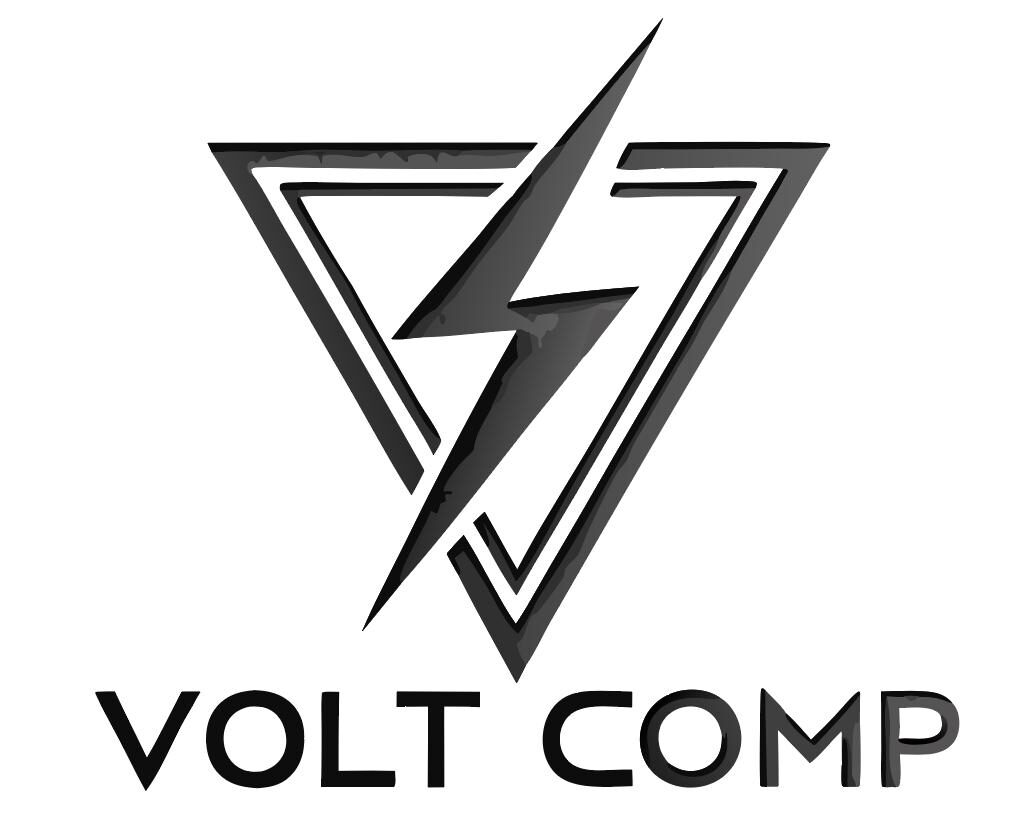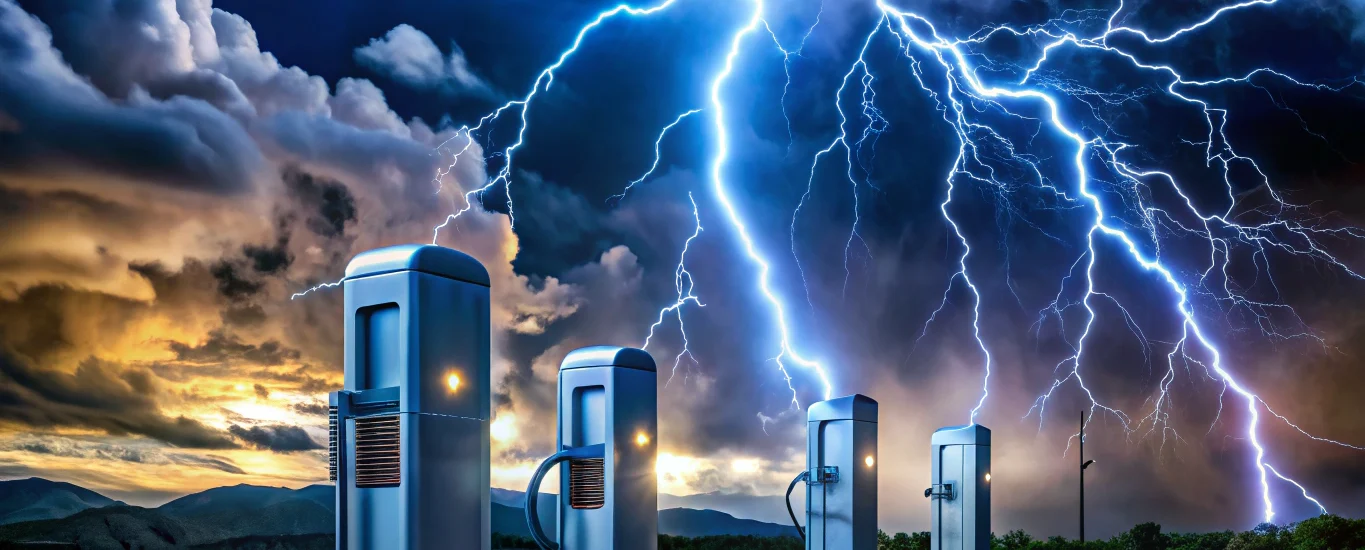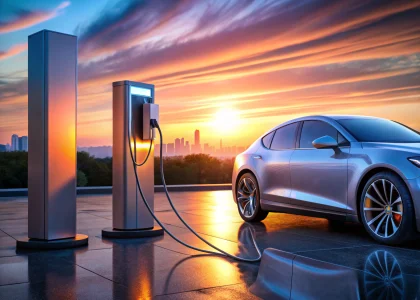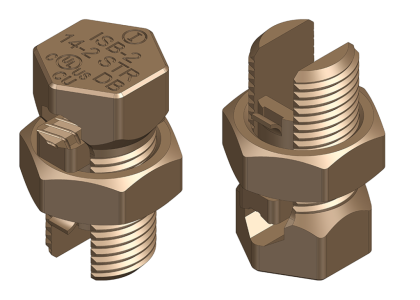Lightning is a spectacular yet formidable force of nature, with around 8 million cloud-to-ground strikes occurring globally each day. Homeowners face significant risk: nearly 60% of electronics-damage claims cite lightning events, with average losses exceeding $21,000. As electric vehicle (EV) charging stations proliferate, protecting them from lightning strikes is essential for safety, uptime, and equipment longevity.
Understanding Lightning Risks
Not all lightning strikes behave the same. They can be:
- Direct strikes—currents of 20–30 kA impacting metal structures.
- Indirect surges—ground currents, side-flashes, or inductive coupling traveling through power and data lines.
Effective grounding and equipotential bonding are critical to mitigating both types of events.
Why Lightning Protection Is Crucial
Surge protection devices (SPDs) serve as the unseen guardian for EV charging installations, delivering:
- Enhanced safety by diverting high currents away from sensitive electronics.
- Increased uptime, helping stations meet 97% availability targets.
- Extended equipment lifespan by preventing voltage surges.
- Compliance with industry safety standards.
For comprehensive system components, explore Volt Comp’s Earthing & Lightning Protection Systems.
How to Implement Protection
- Site Assessment: Evaluate soil resistivity, station layout, and prevailing weather patterns.
- Grounding: Install robust grounding using stainless steel grounding rods and secure clamps to ensure rapid dissipation of surge energy.
- Install SPDs: Position surge arresters at key points—main distribution panel, charger dispenser, and data interfaces. Use Class I/II devices suited for supply and load sides.
- Bonding: Connect all exposed metal components into a single equipotential network to prevent dangerous side-flashes.
- Maintenance: Schedule regular inspections and performance tests to verify SPD integrity and grounding resistance.
Common Mistakes to Steer Clear Of
- Omitting surge protection altogether.
- Using undersized grounding rods that fail under high-current events.
- Allowing loose or corroded connections to increase impedance.
- Skipping routine maintenance, which can render SPDs ineffective over time.
Conclusion & Call to Action
Implementing a robust lightning protection strategy is vital to safeguard your EV charging stations against costly downtime and equipment damage. By understanding risks, applying proper grounding and surge arresters, and avoiding common pitfalls, you’ll ensure a safe, reliable charging environment. For more guidance, download our Lightning Protection Checklist today and visit our Earthing & Lightning Protection Systems page to explore tailored solutions.





